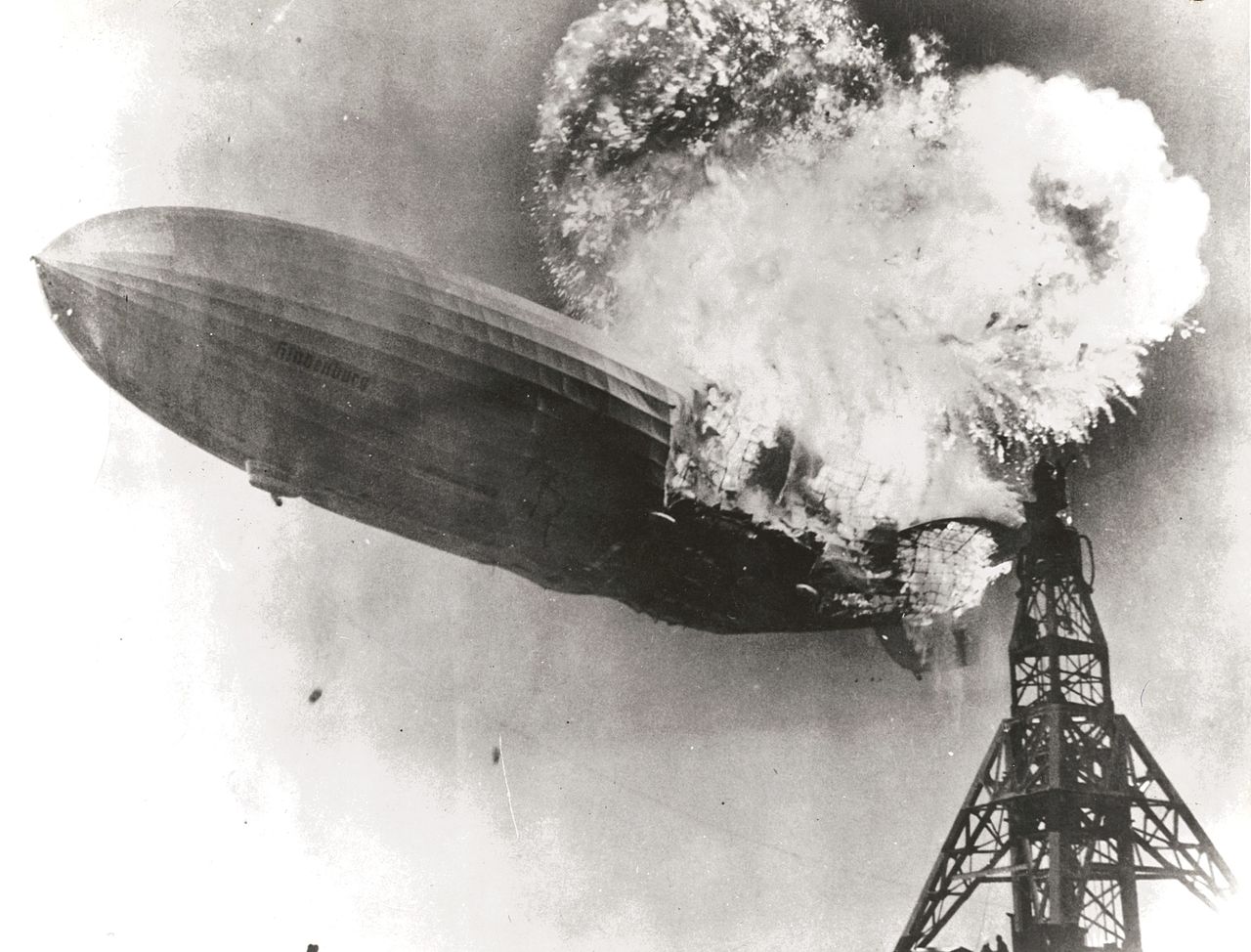Have you ever wondered about the time it took for people to move around in Ye Ole Days?

Last month I attended a lecture put on by SASS, where one of the speakers spoke about the Hindenburg, the rigid airship that had revolutionized trans-Atlantic travel in the early 20th century (but ended ignominously by bursting into flames upon landing in New Jersey in 1937). She pointed out that the 4 days to cross in a Zeppelin was faster than the week or more on an ocean liner. A-ha!
This of course got me thinking of my own battles with verisimilitude (yes, I just worked that word into a blog post). What was normal for a carriage ride from London to Leeds? How often did the post get delivered to a country village? That sort of thing often hangs up a novelist’s resolve, in my experience. Same for you? Or do you find other reasons to procrastinate?
A related question that has hovered for a long time in my mind was the origin of the word “tarmac.” This question was brought to the fore when I moved to Portland, where there is a main thoroughfare on the west side called Macadam Avenue. I found out that it was the first black-topped road out of downtown Portland. Neat! Might it be related to tarmac?

You may know it as black-top (the playground from my elementary school was made of this), but in the eastern U.S., these roads are known as “macadam” roads, because their inventor was a Scot named John Loudon McAdam. A Scot! And as the West must take all their precedents from the civilized East, that’s what the road in Portland was named.
From which, we get the word “tarmac”, for a type of macadamized road that has tar added into the process. Fascinating… who knew my vocabulary expansion would include mention of another genius Scot?
Bonus.
(If you also love Things Celtic, check out this free online newsletter)
Sources: Wikimedia and TwoEyes.org

